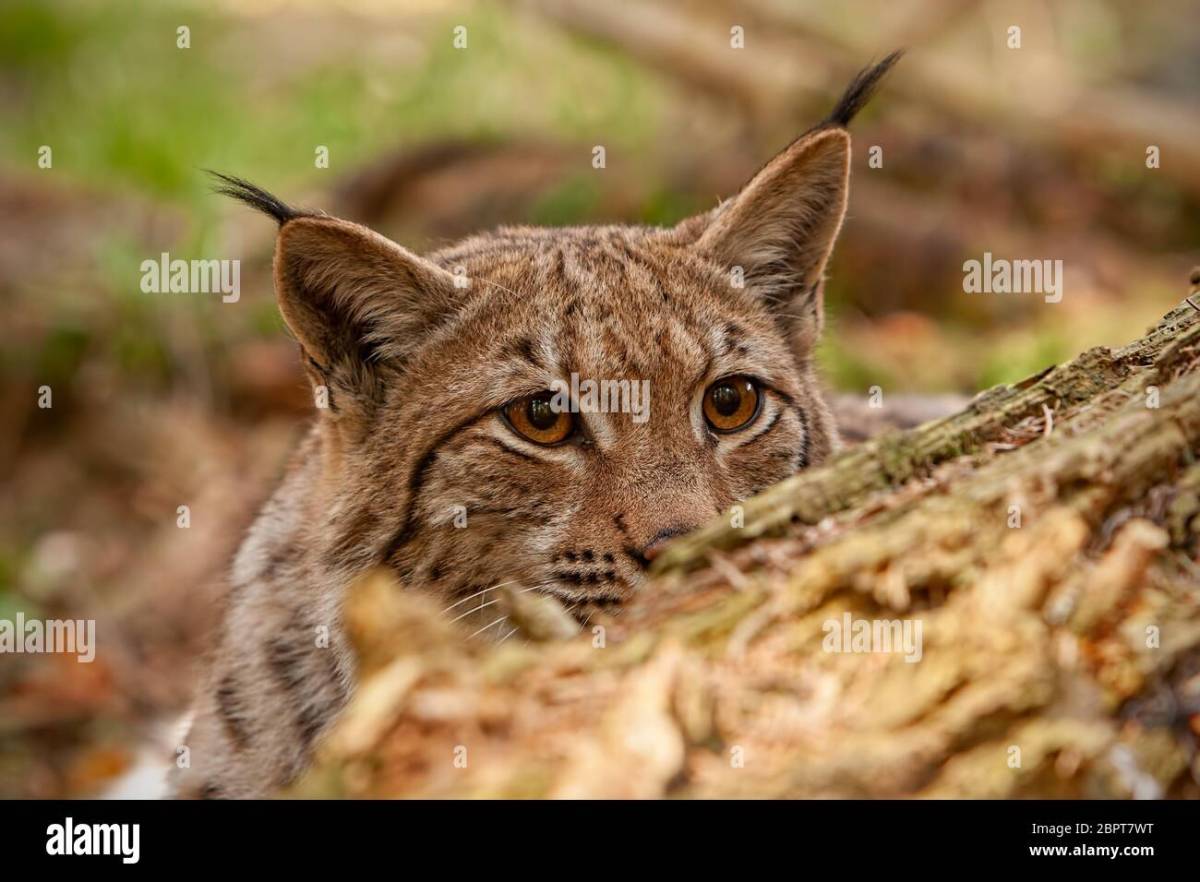Illegally released lynx captured – NatureScot statement – Illegally released lynx captured – NatureScot statement: A wild lynx, illegally released into the Scottish Highlands, has been recaptured. NatureScot’s swift response highlights the complexities of wildlife conservation and the legal ramifications of such actions. This event sparks debate about ecological impact, public perception, and future preventative measures. We’ll delve into NatureScot’s official response, the lynx’s well-being, and the broader implications of this incident.
This situation underscores the delicate balance between conservation efforts and the potential risks of unintended consequences. The illegal release of the lynx raises critical questions about responsible wildlife management, the importance of adhering to regulations, and the need for robust public education campaigns. We will examine the potential long-term effects on the local ecosystem and explore the legal and ethical dimensions of this controversial event.
NatureScot’s Response to the Illegal Lynx Release
The illegal release of a lynx in Scotland sparked a swift and decisive response from NatureScot, the Scottish nature agency. Their actions demonstrate a commitment to both animal welfare and the careful management of Scotland’s ecosystems. This section details NatureScot’s official statement, their immediate actions, a timeline of events, and the potential legal consequences for those responsible.
NatureScot’s Official Statement and Immediate Actions
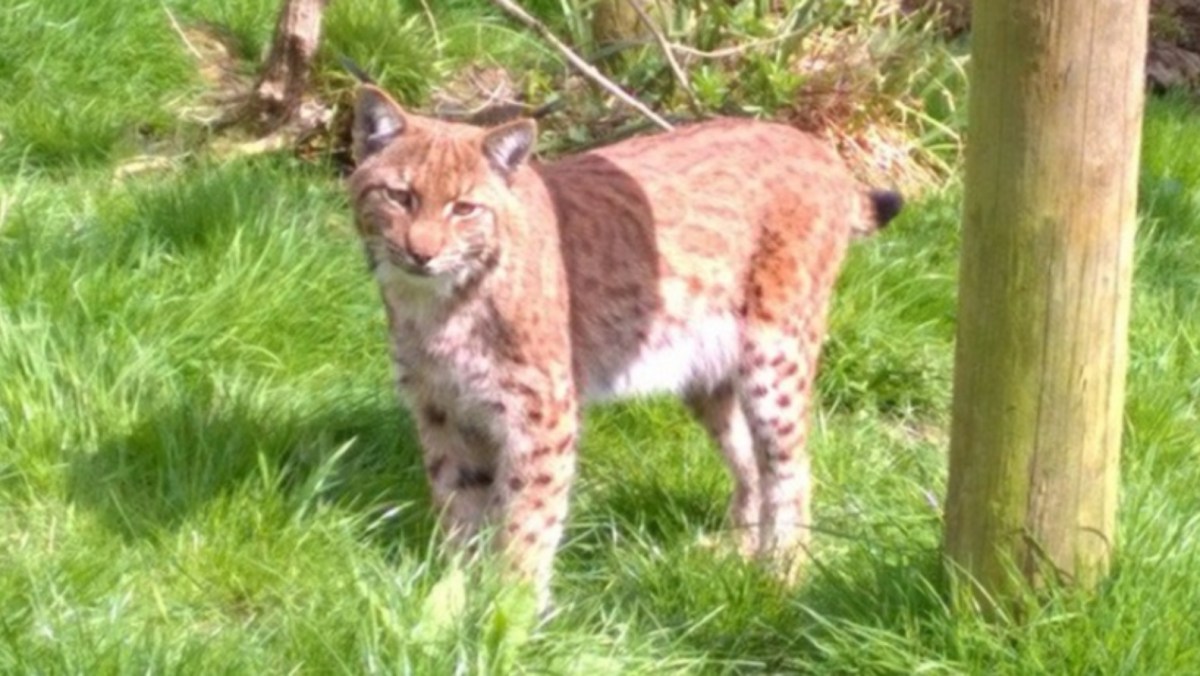
NatureScot’s official statement condemned the illegal release, highlighting the potential risks to both the animal and the wider environment. The statement emphasized the agency’s commitment to capturing the lynx safely and ensuring its well-being. Immediate actions included mobilizing a dedicated team to locate and capture the animal, coordinating with local partners, and initiating an investigation to identify and prosecute those responsible for the release.
Timeline of Events
The timeline begins with the initial report of a lynx sighting, followed by confirmation of its presence and the subsequent launch of the capture operation. The capture itself was a significant event, followed by veterinary assessment and the initiation of legal proceedings. The current situation involves ongoing monitoring of the lynx’s health and the continued investigation into the circumstances of the release.
- [Date]: Initial report of lynx sighting.
- [Date]: Confirmation of illegal release.
- [Date]: Capture operation initiated.
- [Date]: Lynx captured.
- [Date]: Veterinary assessment completed.
- [Date]: Investigation underway.
- [Current Date]: Ongoing monitoring and legal proceedings.
Potential Legal Ramifications
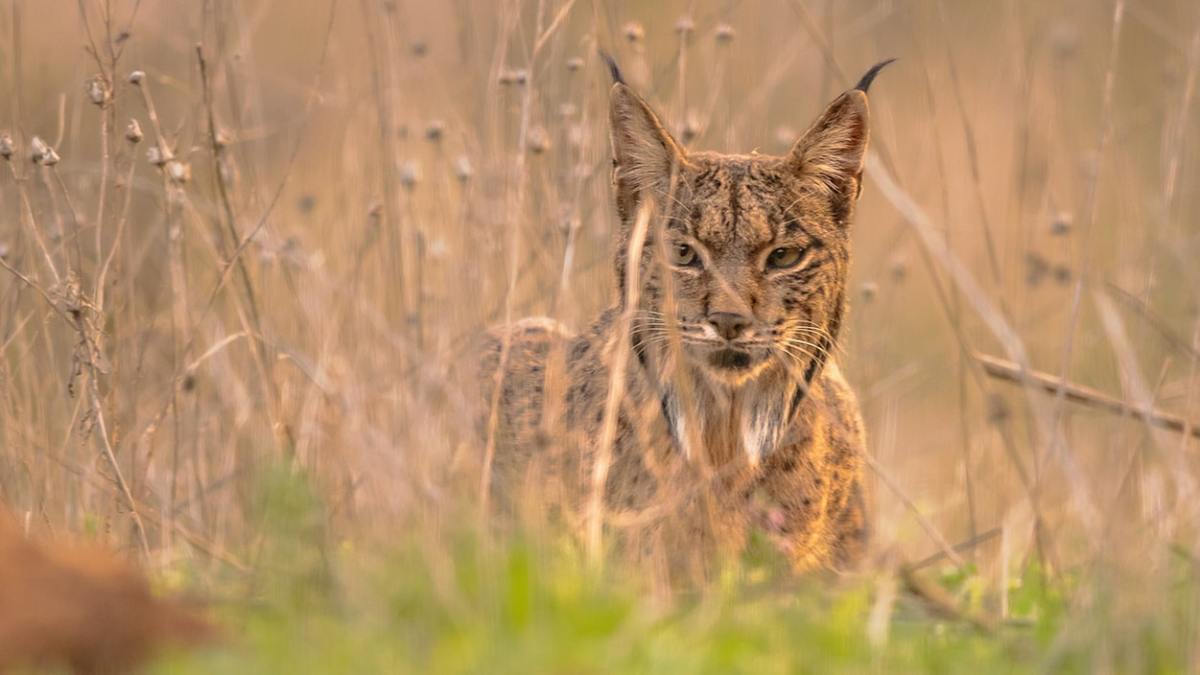
Releasing a protected species illegally carries significant legal penalties under the Wildlife and Countryside Act 1981 and other relevant legislation. Those responsible could face substantial fines and even imprisonment. The severity of the punishment will depend on the specifics of the case and the evidence gathered during the investigation. Similar past cases have resulted in significant penalties, serving as a deterrent against future illegal releases.
The Lynx’s Condition and Welfare
The welfare of the illegally released lynx was, and remains, a paramount concern. This section details the animal’s physical and psychological state, the veterinary care provided, the long-term care plan, and the ongoing health monitoring.
The Lynx’s Physical and Psychological State and Veterinary Care
Upon capture, the lynx underwent a thorough veterinary examination. Initial assessments focused on its physical condition, looking for signs of injury, malnutrition, or disease. Psychological assessment involved observing its behavior to gauge stress levels and overall well-being. Immediate veterinary care included providing necessary medication, addressing any injuries, and ensuring adequate hydration and nutrition. The specific details of its condition are likely confidential to protect the animal’s welfare.
Long-Term Care Plan and Post-Release Monitoring
The long-term care plan will likely involve a period of rehabilitation in a suitable environment designed to minimize stress and promote recovery. This might include specialized enclosures with controlled access to food and water, and a gradual reintroduction to a more natural setting. Post-release monitoring will involve tracking the lynx’s movements and health through GPS collars or other technologies, allowing for early intervention if necessary.
Regular health checks will also be carried out.
Environmental Impact Assessment
The introduction of a non-native lynx into the Scottish ecosystem raises significant ecological concerns. This section explores the potential impact on the existing wildlife, the possibility of a breeding population, and the overall risks and benefits.
Potential Ecological Effects
The potential ecological effects of the lynx’s presence are complex and depend on several factors, including the lynx’s behavior, its prey base, and the existing predator-prey dynamics. It could potentially impact native prey populations, leading to cascading effects throughout the food web. Competition with existing predators is also a concern.
Potential Impact Compared to Existing Native Wildlife
A comparison between the introduced lynx and existing native predators like foxes and birds of prey is crucial. The lynx’s size and hunting style might give it a competitive advantage, potentially leading to changes in prey populations and predator-prey dynamics. This needs careful monitoring and further study.
Possibility of Establishing a Breeding Population and Risk/Benefit Analysis
The possibility of the lynx establishing a breeding population depends on several factors, including its ability to find a mate, the availability of suitable habitat, and its reproductive success. The establishment of a breeding population could have significant long-term ecological consequences, both positive and negative.
| Risk Factor | Severity | Mitigation Strategy | Likelihood of Success |
|---|---|---|---|
| Impact on native prey populations | High | Careful monitoring of prey populations; potential culling of lynx if necessary | Moderate |
| Competition with native predators | Medium | Continued research on interspecies dynamics | High |
| Disease transmission | Medium | Quarantine and health monitoring | High |
| Establishment of a breeding population | High | Capture and removal of any additional lynx | Low |
Public Perception and Reaction
Public reaction to the illegal lynx release has been varied, ranging from outrage to cautious curiosity. This section examines public opinion, the impact on conservation efforts, and the role of social media.
Public Opinion and Reactions from News Sources
News reports indicate a mixed public reaction. Some expressed concern about the animal’s welfare and the potential ecological consequences, while others viewed the event with excitement or even approval. Different news outlets have framed the story differently, reflecting varied perspectives and agendas. The overall tone suggests a significant level of public interest and engagement.
So, the illegally released lynx were captured, per the NatureScot statement – quite a different situation than what James Woods faced! Check out this article about his wildfire ordeal, ‘God was with him’: Actor James Woods describes harrowing wildfire , it’s a wild read. Anyway, back to the lynx – hopefully, this situation won’t repeat itself.
Impact on Conservation Efforts and Role of Social Media
The incident has undoubtedly impacted conservation efforts in Scotland, potentially undermining public trust and diverting resources. Social media played a significant role in disseminating information and shaping public perception, with various groups and individuals expressing their opinions and concerns online. The speed and reach of social media amplified the impact of the event.
So, the illegally released lynx are back in custody thanks to NatureScot’s efforts. It’s a completely different kind of wild situation compared to the exciting hockey game where, as you can read here: Dubois scores twice, lifts Capitals past Canucks in OT , Pierre-Luc Dubois totally stole the show. Anyway, back to the lynx – hopefully, they’ll stay put this time!
Visual Representation of Public Emotional Response
A visual representation of public emotional response would show a complex mix of emotions. A swirling vortex of colours could represent the range of opinions: fiery red for anger, anxious yellow for concern, calm blue for reasoned consideration, and hopeful green for positive outcomes. The overall image would be dynamic and unpredictable, reflecting the multifaceted nature of the public response.
So, the illegally released lynx situation in Scotland? NatureScot’s statement is pretty serious. It’s a stark contrast to the buzz around the entertainment world, where you can check out the Wicked leads with 4 SAG Award nominations; live announcement for some lighter news. Anyway, back to the lynx – hopefully, they’ll be safely returned soon.
Legal and Ethical Considerations
The illegal lynx release raises complex legal and ethical questions regarding wildlife management and conservation. This section examines relevant laws, ethical implications, differing perspectives, and similar incidents.
Relevant Laws and Regulations
The release of protected species is illegal under various pieces of legislation, including the Wildlife and Countryside Act 1981. These laws aim to protect endangered species and prevent the disruption of ecosystems. Penalties for violating these laws can be severe.
Ethical Implications and Different Perspectives, Illegally released lynx captured – NatureScot statement
The ethical implications are multifaceted. Some argue that the release was irresponsible and potentially harmful, while others might claim it was an attempt to boost biodiversity. Different perspectives exist on the balance between conservation goals and legal frameworks. The debate highlights the complexity of wildlife management decisions.
Examples of Similar Incidents and Their Outcomes
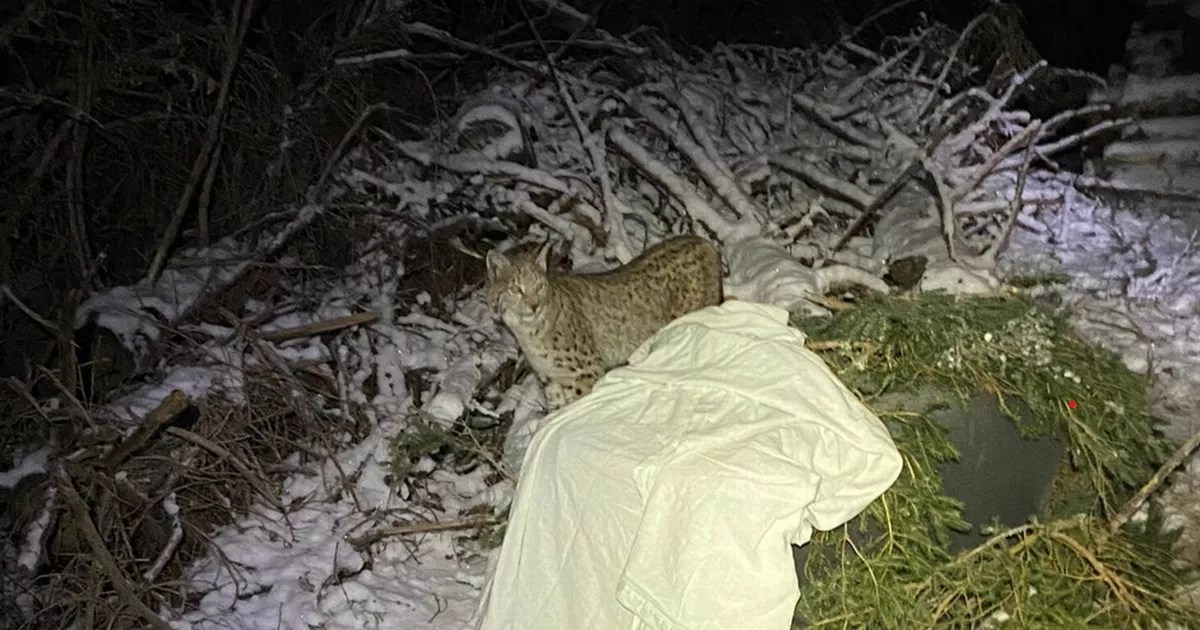
Similar incidents involving the illegal release of animals have occurred in other parts of the world, with varying outcomes. Some have resulted in successful integration of the released animals, while others have led to ecological damage and the need for extensive mitigation efforts. These cases provide valuable lessons for future management strategies.
Future Prevention Strategies
Preventing future incidents requires a multi-pronged approach involving improved security measures, public education, and strengthened legislation. This section Artikels preventative measures and recommendations.
Preventative Measures and Improved Security
Improved security measures for lynx enclosures are crucial. This could include enhanced fencing, improved surveillance systems, and stricter access controls. Regular inspections and maintenance of enclosures are also essential. Strengthening security protocols will minimize the risk of future escapes or intentional releases.
Public Education and Awareness Campaigns
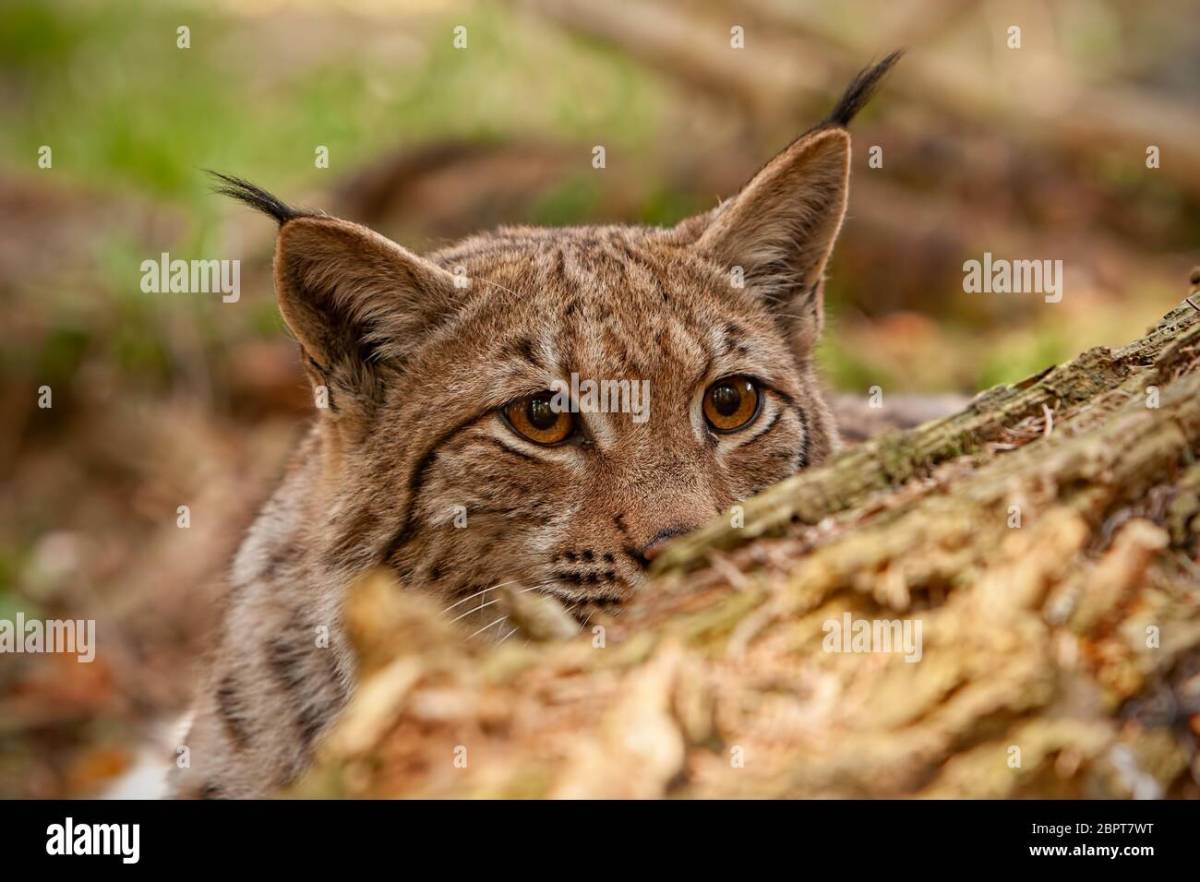
Public education campaigns are vital in raising awareness about the importance of protecting wildlife and the consequences of illegal activities. These campaigns should emphasize the potential risks of releasing non-native species and the importance of reporting suspicious activity.
Recommendations for Strengthening Wildlife Protection Legislation
- Increase penalties for illegal wildlife releases.
- Improve enforcement of existing legislation.
- Strengthen regulations concerning the import and keeping of protected species.
- Enhance collaboration between different agencies responsible for wildlife management.
- Invest in research and monitoring programs to better understand the ecological impact of non-native species.
Last Word
The recapture of the illegally released lynx serves as a stark reminder of the challenges involved in protecting endangered species and maintaining ecological balance. NatureScot’s actions, along with public reaction and future preventative strategies, all contribute to a complex narrative that demands careful consideration. The incident highlights the need for stronger regulations, improved security measures, and increased public awareness to prevent similar situations in the future.
The long-term effects on both the lynx and the ecosystem remain to be seen, emphasizing the ongoing need for vigilant conservation efforts.
Clarifying Questions: Illegally Released Lynx Captured – NatureScot Statement
What type of lynx was illegally released?
The statement doesn’t specify the exact subspecies, further investigation is needed.
What is NatureScot’s long-term plan for the lynx?
NatureScot will likely assess its health and consider options like relocation to a suitable sanctuary or, if feasible, a controlled reintroduction to a more appropriate habitat.
Were there any injuries to the lynx during capture?
This information wasn’t released in the initial statement. Updates from NatureScot should provide further details.
What are the potential fines for illegal wildlife release?
The penalties vary greatly depending on the specific laws broken and the severity of the offense. It could involve substantial fines and even prison time.
